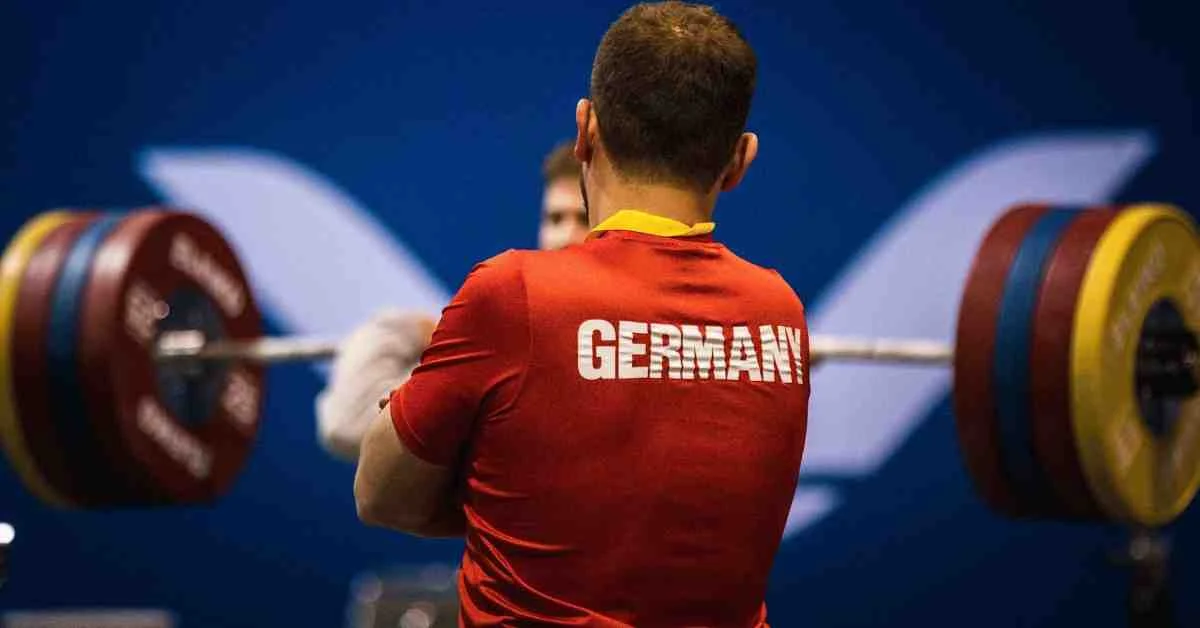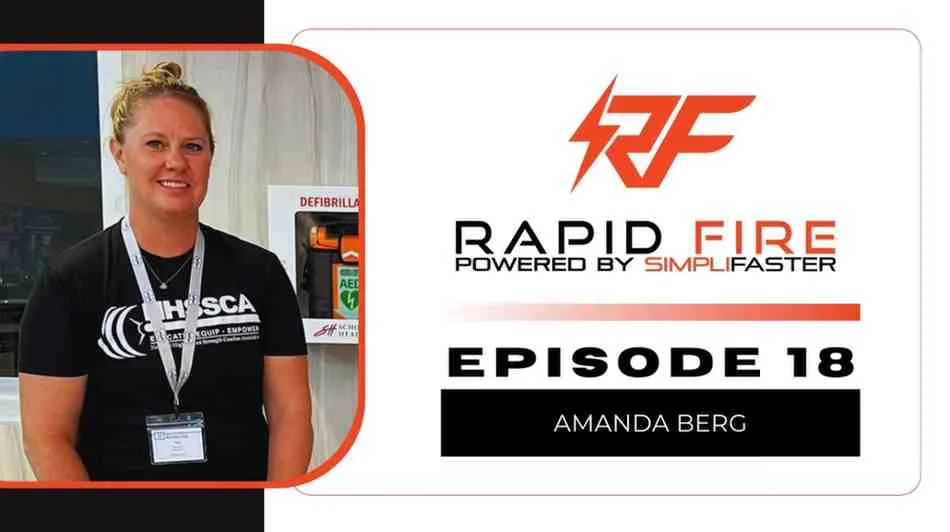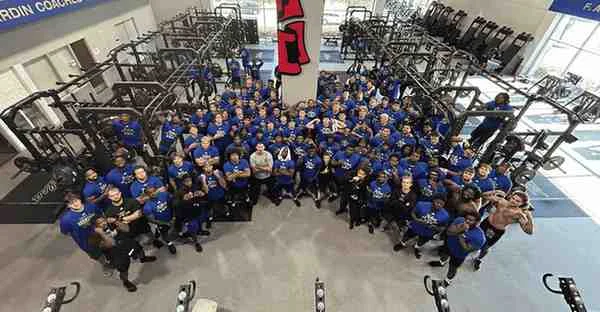[mashshare]
Many strength and conditioning coaches now capitalize on complex training methods to augment the performance of their athletes in training. This trend often utilizes the phenomenon of post-activation potentiation (PAP), which involves muscular contractions of typically moderate to heavy resistance, prior to performing a lighter-resistance ballistic movement with similar biomechanical characteristics1.
Performing a squat as the heavy strength exercise, followed by explosive vertical jumps, is an example of complex training for lower-body power development. Many studies have shown that PAP potentially increases the rate of force development that would lead to an increase in acceleration and velocity.
Post-Activation Potentiation (PAP)
Short-term gains in power after heavy muscle pre-loading are thought to result from three physiological mechanisms1:
- Phosphorylation of myosin regulatory light chains.
- Increased motor-neuron pool excitability.
- Pennation angle of the muscle fibers.
The first mechanism renders the actin-myosin interaction more sensitive to myoplasmic Ca2+, which is released from the sarcoplasmic reticulum during muscle contractions. It is believed that phosphate binding induces a structural alteration in the myosin head, resulting in an increased rate of myosin cross-bridge movement and an improved force-producing state.
The second mechanism centers on the spinal level, where an increase in α-motoneuron excitability, as reflected by changes in the H-reflex, leads to a potentiated muscular state. The H-reflex is a reflexive neural signal that, when superimposed on voluntary muscle activation, increases the subsequent strength of the electrical impulse, thus activating more motor units.
The third mechanism suggests there may be a decrease in the pennation angle of the muscle fibers following a conditioning exercise. A decrease in the pennation angle of the muscle means that an increased force can be transmitted through the tendon, and ultimately to the bone, upon contraction.
Performing an explosive power exercise while the affected muscle groups are in this potentiated state may further enhance both acute and chronic gains in muscular strength and power2. Many aspects of a strength and conditioning program center on power development, with PAP commonly utilized. Although most research investigating this phenomenon has emerged in the past decade, this method of training can actually be tracked back to the mid-20th century in track and field3.
Intra-Complex Recovery Interval
There are many factors that influence the implementation of PAP in training (training status of the athlete, type and intensity of the conditioning stimulus, etc.)1. However, the most commonly neglected factor when programming PAP in training is the intra-complex recovery interval (i.e., the rest period between the conditioning stimulus and the subsequent ballistic activity). A muscular contraction produces both PAP and fatigue, and it is the net balance between these two that determines whether the subsequent performance response is enhanced, reduced, or unchanged.
Don’t neglect the intra-complex recovery interval when programming PAP in training. Share on X
Figure 1 illustrates, hypothetically, the relationship between PAP and fatigue following a conditioning stimulus. When the volume and intensity are low, PAP is more dominant than fatigue, and a potentiation in subsequent explosive performance can be immediately realized (Window 1). As the volume and intensity increase, fatigue becomes dominant, negatively affecting subsequent performance.
Following the conditioning activity, fatigue dissipates at a faster rate than PAP, and a potentiation of subsequent explosive performance can be realized at some point during the recovery period (Window 2). Thus, it is vital to identify the optimal rest interval whereby the muscle has partially recovered from fatigue, but remains in a potentiated state. A recent meta-analysis has shown that the greatest PAP effect seems to be elicited 15 seconds to four minutes after a plyometric exercise, and at least five minutes following a traditional moderate or high-intensity exercise4.
Many training programs, especially in track and field, often neglect this critical consideration when planning an evidenced-based PAP protocol. Track coaches often follow the concept of “speed-transfer,” where athletes perform heavy quarter back squats in the weight room, and then immediately proceed to the adjacent track to perform strides close to maximum speed. Other strength and conditioning coaches, especially in a team sports environment, may also traditionally utilize a blanket or standardized intra-complex recovery interval across all the athletes, hoping that every athlete can capitalize on some aspect of the effect of PAP within the training program.
Coaches should scientifically plan their athletes’ performance improvements, not leave it to chance. Share on XThis would be like throwing a dart blindfolded, hoping that it will hit the bullseye every time. All the above practices are far from the ideal, especially if we seek a best practice—yet evidence-based—approach to make sure that we scientifically plan the performance improvements in the athletes under our charge, and not leave them to chance.
Identifying the Optimal Rest Interval for Your Athletes
There are many studies that aimed to individualize the optimal intra-complex rest interval for an athlete, but then deemed the process too time-consuming, especially in a team sport setting.
One study (see Figure 2) attempted to create an ideal scenario of utilizing 10 separate testing sessions over a period of three weeks to identify an elite badminton athlete’s optimal rest interval (3-12 mins)5. The badminton athlete had three strength training sessions per week prior to technical training. In most settings, however, it is certainly impractical to impose on an athlete to come in for numerous separate testing sessions just to identify their individual rest interval.
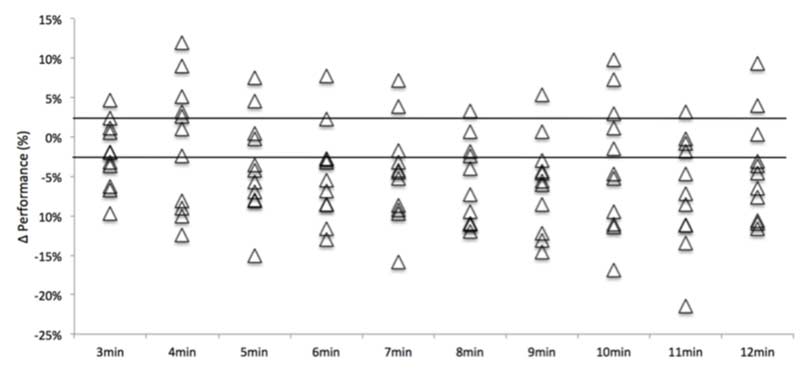
Past literature has considered ways to optimize the efficiency of identifying an individualized intra-complex rest interval. A recent study (see Figure 3) investigated the effects of a 3RM bench pull on subsequent 3kg overhead medicine ball throws in high school canoeists, where a counterbalanced order of six intra-complex recovery intervals (1, 3, 5, 7, 9, 11 min or 2, 4, 6, 8, 10, 12 min) was used for two separate testing sessions6. This drastically reduced the amount of rigorous testing to only two sessions, thus optimizing the delivery of a PAP protocol within a training program and increasing the overall efficiency of the program delivery.

Supplementing Corrective Exercises During Rest
One concern is how to effectively utilize the intra-complex recovery within a training program. Resting for large periods of time can sometimes be impractical when working on tight time frames. A possible solution is to tailor mobility and/or stability drills for the unaffected limbs (i.e., upper body corrective exercises for lower body complex exercise sets), with the aim of addressing inefficient movement patterns that may cause a decrease in optimal movement mechanics, and potentially cause an increase in injury potential1.
This may effectively address other injury management concerns of the athletes during training, which you can supplement into a complex training protocol without unnecessarily extending the total training time. The program design factors in all these to deliver an effective, yet efficient training regimen.
Applying PAP for Performance
Taking into consideration both the intra-complex recovery interval and supplementation of corrective exercises, you can optimally utilize PAP for performance enhancement while addressing the injury potential for an athlete. These ideas assist in creating a training program that is highly individualized for each athlete.
It’s possible to use PAP to enhance performance while addressing the injury potential to an athlete. Share on XHowever, most strength and conditioning coaches might be faced with training athletes in a team setting, which may provide a challenge in implementing an individualized PAP protocol. That being said, experience shows that implementing complex training for a squad of 15 elite-level badminton athletes only requires two testing sessions to identify each athlete’s optimal intra-complex recovery interval. This also gives insights to each individual’s back squat one repetition max (1RM) and counter-movement jump performance variables (if you utilize a force plate and linear transducer system).
This is strategically planned quarterly throughout the competition season, to monitor the strength and power developments of the badminton athlete. It also enables alterations to the PAP protocol, which is typically planned during the in-season training program. As complex training focuses on both strength and power training qualities, the relatively long competitive season of a badminton athlete’s annual competition schedule improves and/or maintains these two performance variables.
Training at high intensities over a season requires an athlete to develop a level of robustness to remain injury-free for competitions. Thus, it is a best practice to maximize the use of the intra-complex recovery intervals to supplement corrective exercises to address any movement deficiencies highlighted from movement screenings. Such programming has proved to have good levels of buy-in with sports coaches, as it minimizes idle time within training.
The use of intra-complex recovery intervals minimizes an athlete’s idle time within training. Share on XThe utilization of corrective exercises assists in increasing the training density of a physical training program from the standpoint of performance enhancement, while also taking into consideration the injury risk of the athlete. Table 1 below illustrates sample PAP protocols tailored to the moderately and highly trained individual for lower-body power production.
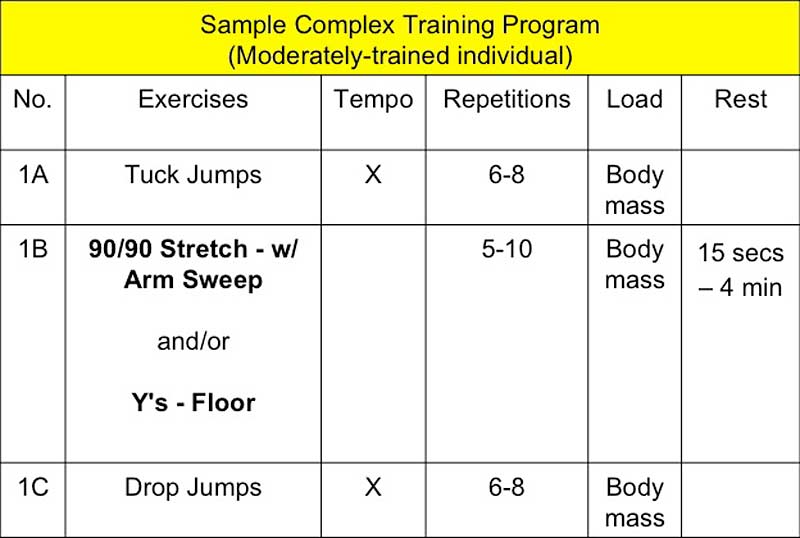
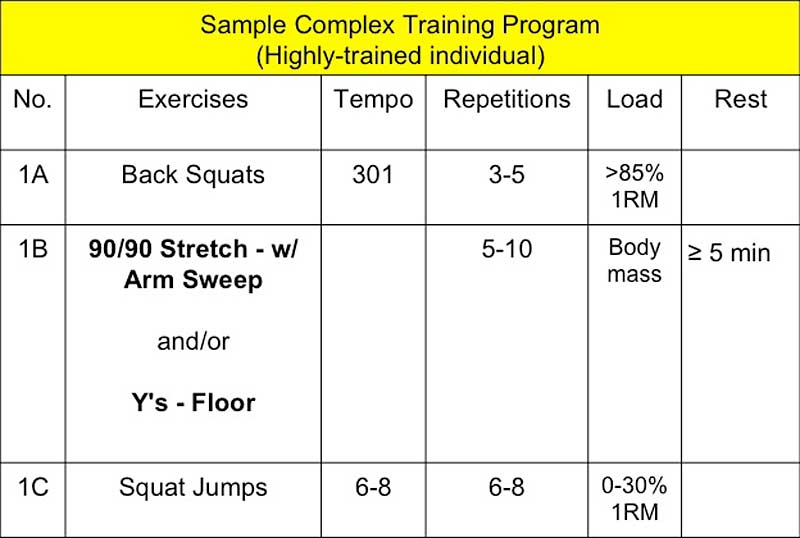
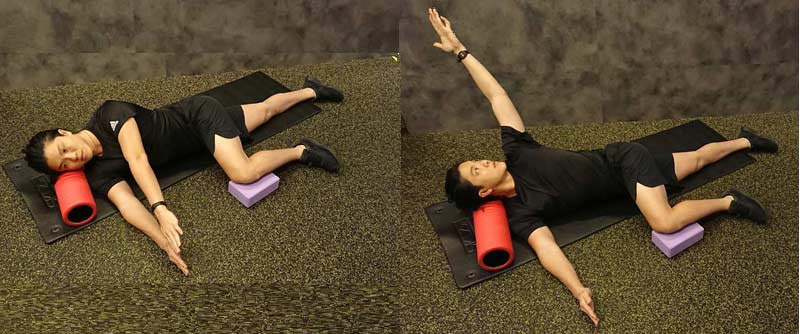

Addressing the Individual Athlete
The most commonly neglected factor when programming post-activation potentiation (PAP) in training is the intra-complex recovery interval. Many coaches often ignore an athlete’s optimal recovery interval and simply utilize a blanket time frame, citing ignorance and/or lack of time to craft an evidence-based training program.
This article highlights the potential of only utilizing two testing sessions to identify an individualized intra-complex recovery interval to optimize the implementation of a PAP protocol within a training program, thus increasing the overall efficiency of the program delivery. Executing corrective exercises (mobility and/or stability drills) during the intra-complex recovery interval of a complex training protocol may also be a solution to address individualized injury management concerns of an athlete during training, without unnecessarily extending the total training time. This may be the best practice of implementing a scientific approach of factoring complex training within a training program cycle.
[freelap-share]
[mashshare]
References
- Tillin, N. A., & Bishop, D. (2009). “Factors modulating post-activation potentiation and its effect on performance of subsequent explosive activities.” Sports Medicine, 39(2), 147-166.
- Lim, J. J., & Barley, C. I. (2016). “Complex Training for Power Development: Practical Applications for Program Design.” Strength & Conditioning Journal, 38(6), 33-43.
- Verkhoshansky, Y. (1966). “Perspectives in the improvement of speed-strength preparation for sprinters.” Track Field. 17(9), 11-12.
- Wilson, J. M., Marin, P. J., Duncan, N., Loenneke, J. P., Jo, E., Zourdos, M. C., & Brown, L. (2012). “Post Activation Potentiation: A Meta Analysis Examining the Effects of Volume, Rest Period Length, and Conditioning Mode on Power.” Medicine and Science in Sports and Exercise, 44, 86-87
- Lim, J. J., Barley, C. I., & Chua, Y. J. (2016). “Intra Complex Recovery Intervals for Acute Lower Body Post Activation Potentiation in Elite Badminton Athletes.” Journal of Athletic Enhancement.
- Wang, C. C., Lin, S. C., Hsu, S. C., Yang, M. T., & Chan, K. H. (2017). “Effects of Creatine Supplementation on Muscle Strength and Optimal Individual Post-Activation Potentiation Time of the Upper Body in Canoeists.” Nutrients, 9(11), 1169.

